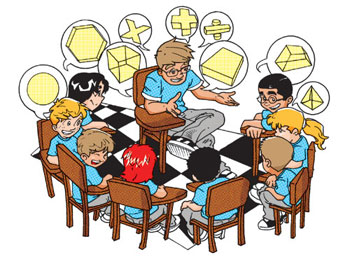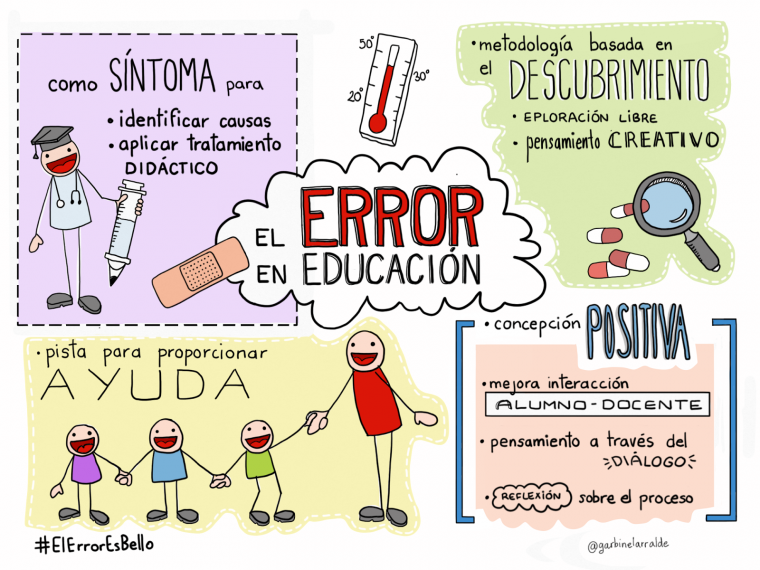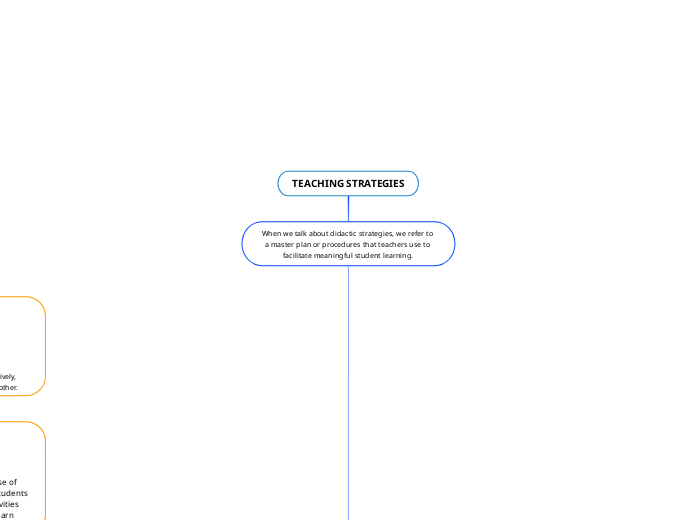TEACHING STRATEGIES
When we talk about didactic strategies, we refer to a master plan or procedures that teachers use to facilitate meaningful student learning.
Within these didactic strategies we find two categories
Teaching strategies
Procedures used by teacher in order to facilitate students meaningful learning.

Some teaching strategies that could be implemented in the classroom:
Modeling: Modeling means showing students what they need to do to complete a task.

Errors: it is about showing students what they should not do.

Comment: it is important to tell students when they are doing a good job or not. They need to know how you are doing through oral or written feedback.
Cooperative learning: by working cooperatively, students are motivated to learn from each other.

Experiential learning : through the use of simulations, experiments, or games, students can learn by doing. These types of activities allow students to practice what they learn right away.
Student-Led Classroom : one really useful thing to do in the classroom to motivate students to learn is to have a student be the teacher. A student might teach a subject in a very different way than the assigned teacher.
Learning strategies
Set of strategies used by student in order to put into practice what they have learned.

They may be:
Creation of links: to learn a new subject, what is done is to establish connections between what is already known and what is new.
Conscious repetition of contents: the working method through the repetition of contents consists of the person who is studying assimilating a certain subject, repeating the content verbally or in writing.
Self learning
Individual study
Individual tasks
Projects
Investigations
Learning interactive
Teacher presentations
Expert conferences
Interviews
Visits to institutions
Learning
collaborative
Troubleshooting
Question technique
